However, it is necessary to continue with many synchronous solutions so that the school quality assurance system can operate effectively, continuously improve, and sustainably.
Quality culture gradually formed and developed
According to the report of the Ministry of Education and Training , by September 30, 2025, 250 universities and 23 pedagogical colleges nationwide completed the first cycle self-assessment report; 134 universities and 5 pedagogical colleges completed the second cycle self-assessment report.
There have been 201 higher education institutions, 12 pedagogical colleges, and 2,041 training programs evaluated and recognized to meet domestic educational quality standards. 17 higher education institutions and 700 training programs have been evaluated and recognized to meet foreign educational quality standards.
The awareness of higher education institutions on the role of quality assurance and quality accreditation has changed significantly, demonstrated through proactive self-assessment, improvement of internal processes, and participation in accreditation at many levels. The legal framework is increasingly complete and synchronous. The quantity and quality of the accreditation team has been improved.
However, in terms of weaknesses, the internal quality assurance system at many higher education institutions still lacks uniformity. Quality culture has not been formed sustainably at many institutions. Although quality assessment results have been achieved, in many places they have not been exploited as a real management tool, only stopping at the level of meeting administrative procedure requirements...
Commenting on the internal quality assurance system based on the results of quality assessment of higher education institutions, Associate Professor, Dr. Ta Thi Thu Hien - Director of the Center for Education Quality Assessment ( Hanoi National University) said that higher education institutions have complied with the provisions of law, established units/assigned individuals to carry out educational quality assurance activities.
Some establishments clearly define their internal quality assurance system model and implement quality assurance well. Some have a typical internal quality assurance system and a quality culture has been formed and developed.
Associate Professor Dr. Nghiem Xuan Huy - Director of the Institute of Digital Education and Testing (Hanoi National University) mentioned the close relationship between internal quality assurance (IQA) and rankings; at the same time, pointed out common weaknesses in the current rankings of Vietnamese higher education institutions, including: Academic reputation, recruitment reputation, publications and citations on Scopus, income from training and research, ratio of international lecturers and students, lecturer/student ratio.
The main reason for the weaknesses is the failure to thoroughly implement the quality assurance principle. Specifically, the feedback from stakeholders has not been effectively used in improving the quality of education, directly affecting academic reputation and recruitment reputation.
At the same time, there has been no harmonious development and close connection between training activities and scientific research. Investment and strategies for developing the teaching staff have not brought about the expected results. Current policies have not created strong motivation for lecturers to participate in international research and publication. International cooperation in scientific research is still formal, has not created an effective international cooperation network and the rate of international scholars is low.
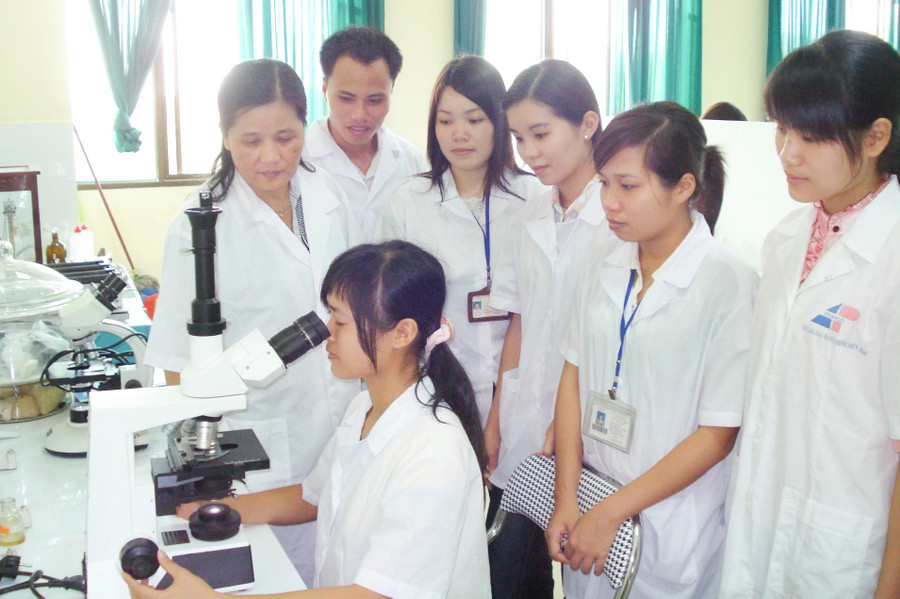
Perfecting the legal corridor and investment policies
From the practical basis, Prof. Dr. Pham Van Cuong - Deputy Director of Vietnam Academy of Agriculture, proposed factors for the school's quality assurance system to operate effectively, improve continuously and sustainably.
Accordingly, leadership commitment is a prerequisite. Without strong leadership, quality assurance activities are easily overlooked or done perfunctorily or just following trends. The synchronous participation of all staff, lecturers, employees, and learners helps to form and spread a culture of quality, which is a core factor for continuous improvement. A comprehensive, objective, updated, and digitized data and evidence system is a reliable basis for making accurate decisions.
Comparing with national and international standards helps the school to clearly identify its position, and at the same time find improvement solutions that meet social needs, adapt to the country's socio-economic development and integration trends. Finally, there is the consensus and cooperation of partners, especially businesses and employers.
Making recommendations to the State management agency on ensuring and assessing the quality of education, Associate Professor, Dr. Ta Thi Thu Hien emphasized the need to soon issue the National Education Quality Assurance Framework, creating consistency between internal quality assurance (IQA), external quality assurance (EQA) and the Vietnam National Qualifications Framework (VQF).
Standardize university standards and training program standards with standards for assessing the quality of educational institutions and standards for assessing the quality of training programs. Have clear mechanisms, policies, and legal regulations on the organization and personnel in charge of quality assurance to operate and develop the education quality assurance system.
Associate Professor, Dr. Ta Thi Thu Hien also proposed clear regulations with investment mechanisms and policies, creating favorable conditions for quality assurance and educational quality assessment activities. Establishing and standardizing the database system on quality assurance and educational quality assessment; supporting the development of a survey system, publicizing information and data as a basis for activities to compare and develop educational institutions and training programs.
Detailed regulations on the responsibilities of higher education institutions in building an education quality assurance system associated with promoting autonomy, self-responsibility and improving the quality of higher education. At the same time, it is necessary to promote international cooperation in quality assurance and education quality assessment.
In addition to perfecting institutions and policies, Associate Professor Dr. Nghiem Xuan Huy proposed building a “community of practice” for quality assurance staff, organizing seminars, in-depth training, and exchanging experiences. This helps standardize capacity, share solutions, and avoid the situation where each school has to figure it out on its own.
At the same time, organize mandatory training courses for senior leaders on how to use data from the IQA system to make strategic decisions to ensure that a “quality culture” is instilled from the top level and IQA becomes a core management tool. The government negotiates the purchase of national access packages for essential systems, creating fair conditions for all schools, especially small schools, to access international standard tools to improve the quality of research and training.
“It is necessary to invest in a standardized national data platform, connecting data from all higher education institutions; automatically extracting reports and indexes for comparison, matching and ranking. This helps reduce the burden of manual reporting, providing reliable big data for national policy making and transparent comparison”, Associate Professor, Dr. Nghiem Xuan Huy.
Source: https://giaoducthoidai.vn/thay-doi-tu-duy-thuc-day-chat-luong-giao-duc-dai-hoc-post753531.html



![[Photo] Prime Minister Pham Minh Chinh chairs meeting on nuclear power plant construction](https://vphoto.vietnam.vn/thumb/1200x675/vietnam/resource/IMAGE/2025/10/22/1761137852450_dsc-9299-jpg.webp)




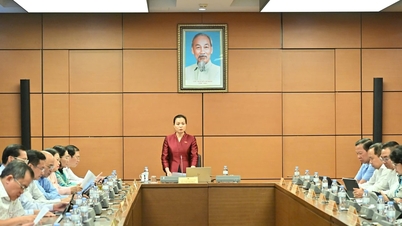

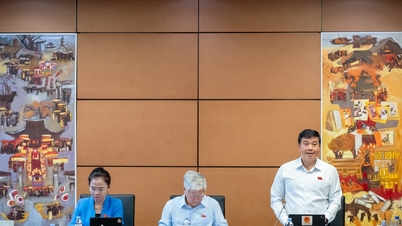
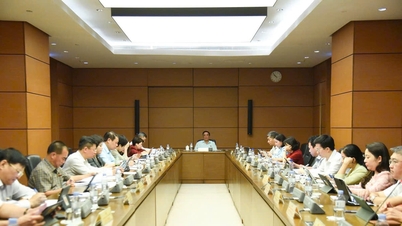
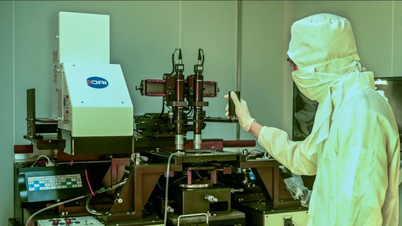

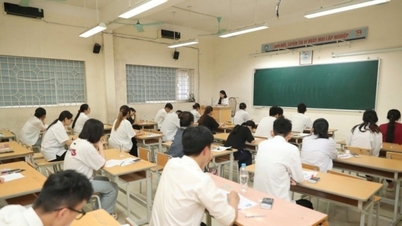

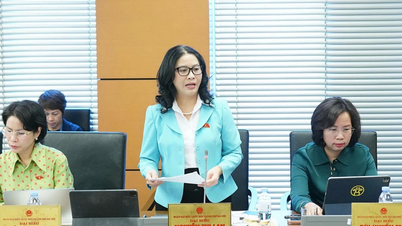
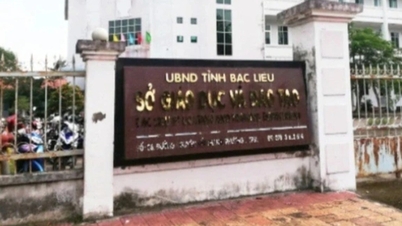

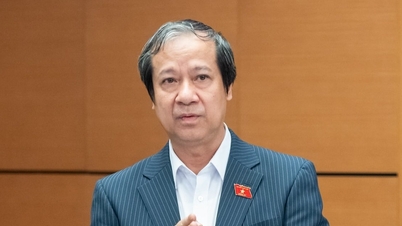

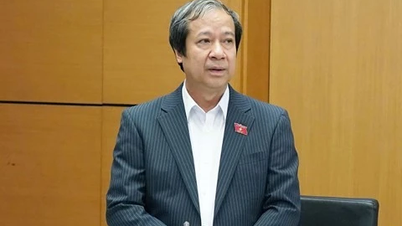
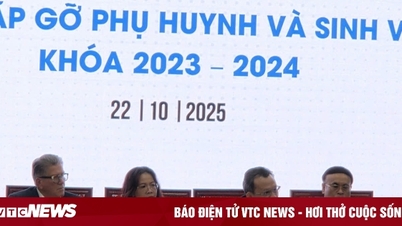

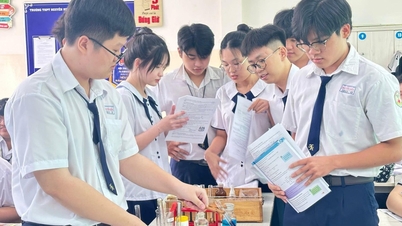





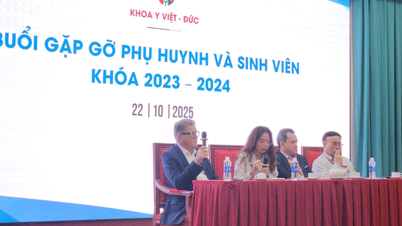
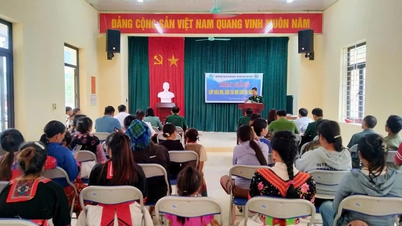
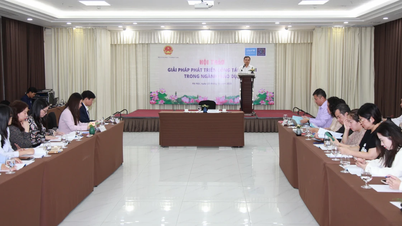
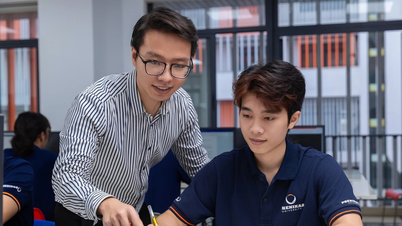
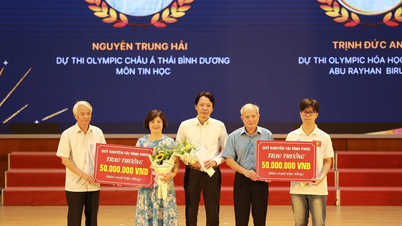
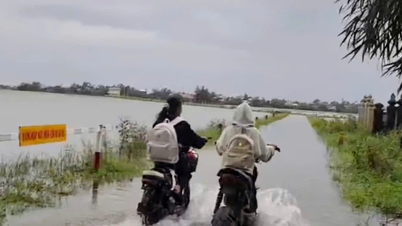







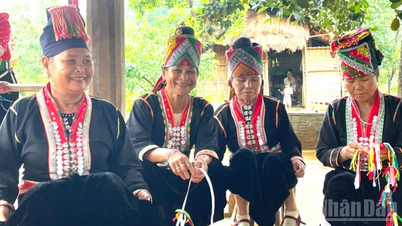







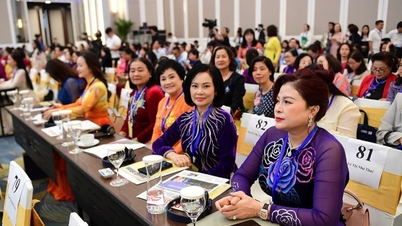


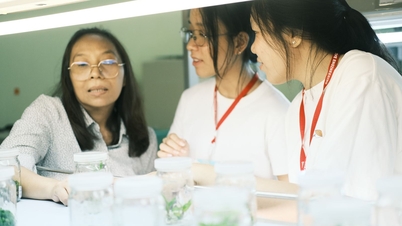

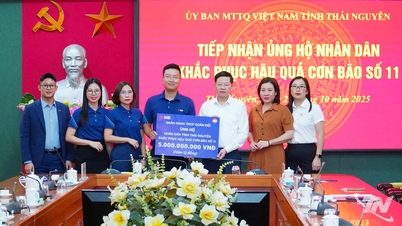

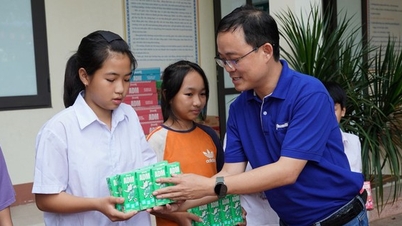

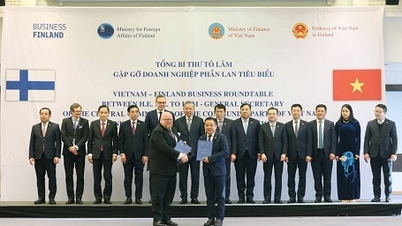











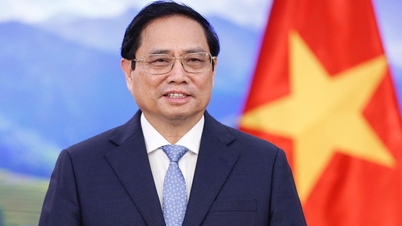
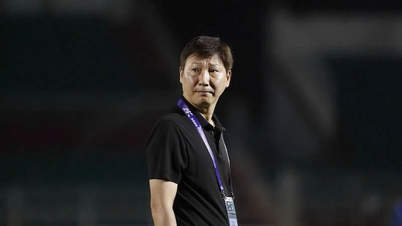
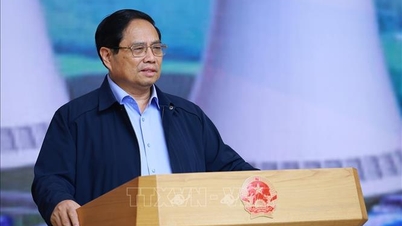






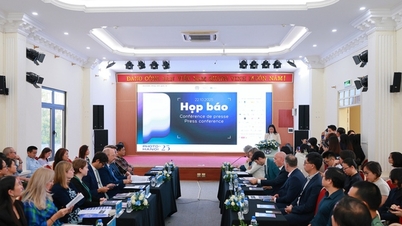

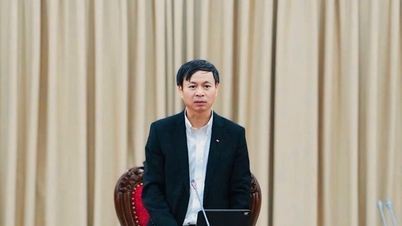


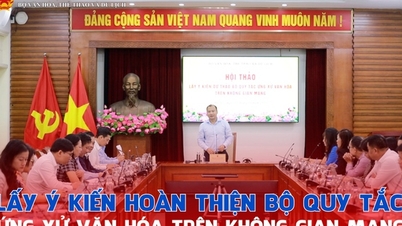
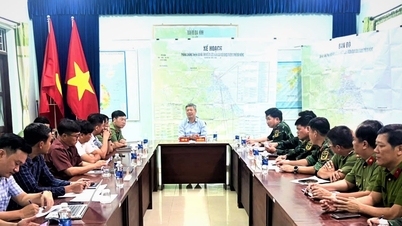



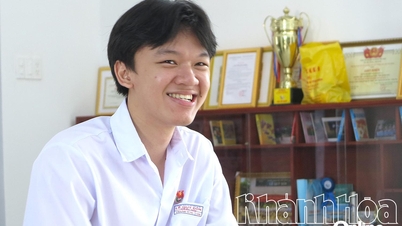

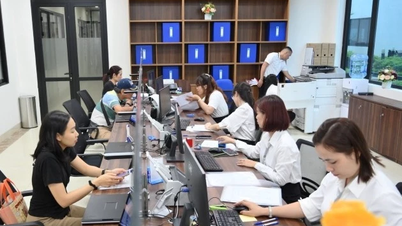

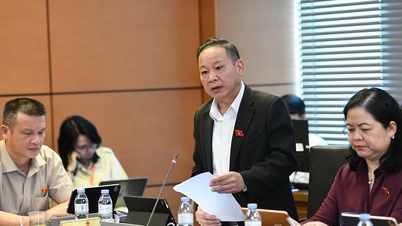












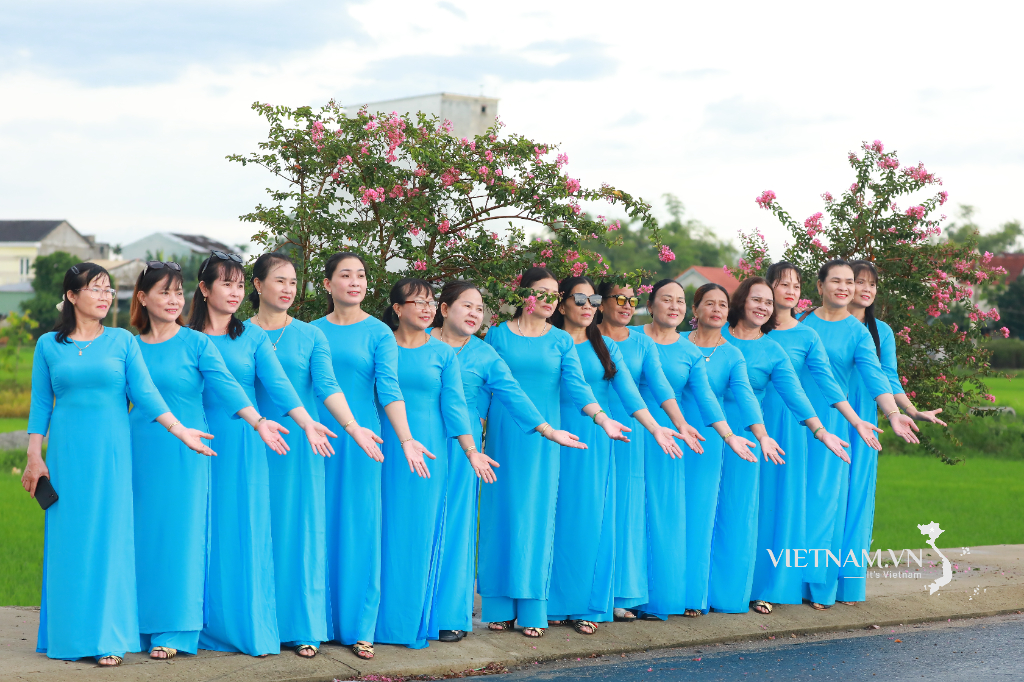


Comment (0)